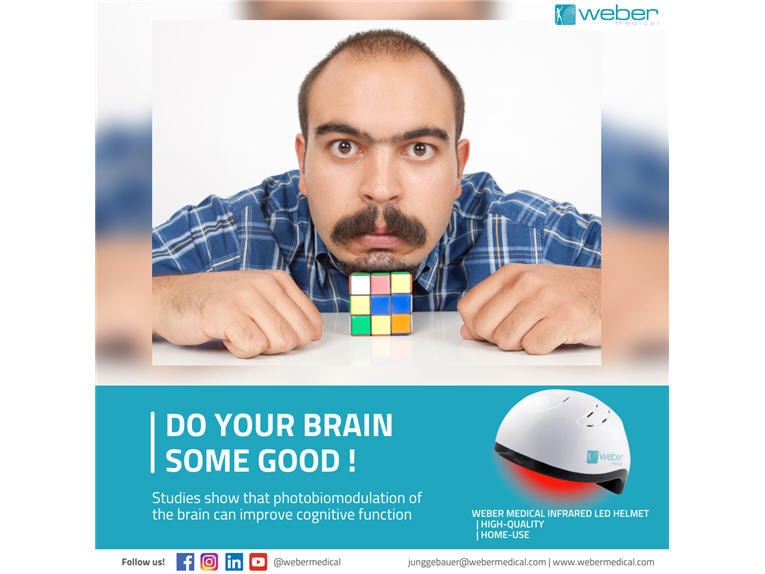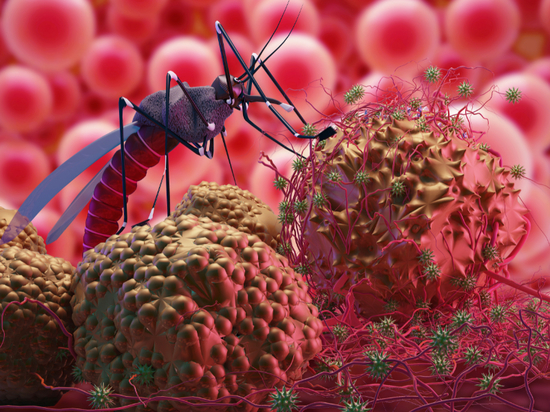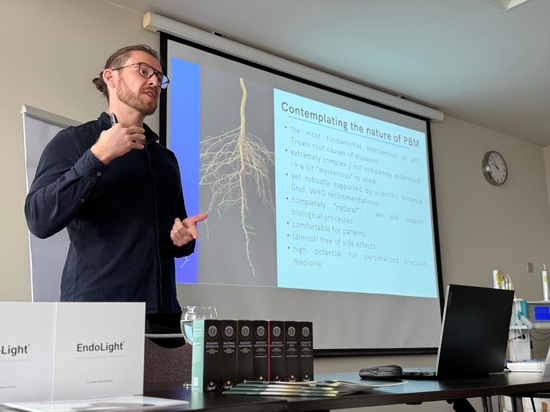
#Product Trends
Transcranial photobiomodulation to improve cognitive function
Discover a fascinating home-use treatment modality to do your brain some good
Transcranial photobiomodulation is not only for you if you suffer from depression, anxiety, dementia / Alzheimer´s, Parkinson´s or if you had a traumatic brain injury. You can also use it to protect your brain against potential future damage and to improve your cognitive function! The research is already out there!
Human study I:
Barrett and Gonzalez-Lima (2013) provided the first placebo-controlled, randomized study showing that transcranial laser stimulation improves human cognitive and emotional brain functions. They recruited 40 study participants ranging from 18 to 35 years out of which each 10 male and 10 female participants were assigned randomly to each the treatment group and the control group. They used a 1064-nm- infrared laser diode and applied it to the right frontal pole (centered around the FP2 point) of the cerebral cortex, which is the most anterior region of the right prefrontal cortex. The power density was 250 mW/cm and the energy density 60 J/cm2.
The therapy´s influence on cognitive tasks related to the prefrontal cortex was measured by psychomotor vigilance task (PVT; it assesses sustained attention, with participants remaining vigilant during delay intervals, and pushing a button when a visual stimulus appears on a monitor) and a delayed match-to-sample (DMS) memory task (which also measures reaction time but additionally includes a short-term memory component). The participants were also asked to fill out a version of the Positive and Negative Affect Schedule (PANAS) questionnaire before and after LLLT to evaluate the influence on their emotional states.
The PVT showed a significant positive pre-post reaction time change of the treatment group relative to the placebo group.
The DMS memory task also revealed significant enhancements in measures of memory retrieval latency and number of correct trials, when comparing the LLLT-treated group with the placebo group.
These results stand in line with research that shows that good performance on sustained attention tasks such as the PVT and DMS is generally correlated with enhanced activation in predominantly right- hemisphere frontal and parietal regions [3]. The enhanced neural metabolism of this “sustained-attention network” is thus a likely explanation for the better performance on the PVT and DMS after transcranial LLLT.
Through the PANAS, LLLT-treated subjects reported significantly improved affective states even two weeks after the intervention.
With regard to the safety of the intervention the research team concluded that it produced negligible heat and no physical damage.
The authors conclude that transcranial LLLT may serve as a non-invasive and efficacious method to augment cognitive brain functions related to attention, memory, and emotional functions.
Human Study II:
Hwang et al. conducted a randomized, controlled study to evaluate the cognitive enhancement by transcranial laser stimulation and acute aerobic exercise.
They recruited sixty healthy young adults which were randomly assigned to one of the following four treatments: (1) low-level laser therapy (LLLT) with infrared laser to two sites of the prefrontal cortex while seated (total 8 min, 1064 nm continuous wave, 250 mW/cm2, 60 J/cm2 per site of 13.6 cm2); (2) acute exercise (EX) of high-intensity (total 20 min, with 10-min treadmill running at 85–90 % VO2max); combined treatment (LLLT + EX); or (4) sham control (CON).
Like Barrett and Gonzalez-Lima [2], the research team used the psychomotor vigilance task (PVT) to measure sustained attention and the delayed match-to-sample task (DMS) to measure working memory - both before and after the treatments.
Compared to the sham control group, both LLLT and EX reduced the reaction time in the PVT [F(1.56) = 4.134, p = 0.01, η 2 = 0.181] and increased the number of correct responses in the DMS [F(1.56) = 4.690, p = 0.005, η 2 = 0.201]. T-LLLT in combination with acute exercises showed similar effects but no significantly greater improvement on PVT and DMS than LLLT or acute exercise alone.
The data suggests that both transcranial infrared laser stimulation and acute aerobic exercise treatments were effective to significantly enhance the cognitive capacities of the study participants.
Human Study III:
In 2021, Dougal et al. presented a pilot study transcranial low-level-laser-therapy with infrared light of 1068nm, evaluating the intervention´s effect upon motor function, memory, and processing speed in healthy individuals, older than 45 years of age. They used a transcranial “phototherapy helmet” with 14 light emitting diode panel arrays and total average optical output power of 3.8 W. The helmet was used for 6 min twice a day on subjects with normal intellectual function. They then quantified a series of cognitive and motor activities by the computerized assessment tool “Automated Neuropsychological Assessment Metrics (ANAM)”.
They observed “a significant improvement in motor function, memory performance, and processing speed” in the healthy individuals, compared to the placebo group. No adverse effects were reported.
They concluded that t-LLLT “may be a promising new approach to improve memory in healthy middle-aged individuals” and that such therapies can conveniently be administered at home by the end user alone.
Human Studies: Systematic Review of partly unpublished studies
Salehpour et al. conducted a systematic review and meta-analysis to evaluate whether t-LLLT improves cognitive function in healthy adults. They searched MEDLINE using PubMed, EMBASE, SCOPUS, Web of Science, and Cochrane Library up to March 2019 as well as ProQuest and Google Scholar databases to find unpublished material. They limited the search to articles that studied the pro-cognitive effects of t-PBM in healthy adults, ending up with 9 publications out of which seven studies were performed on young, healthy subjects (17–35 years), and two on older (‡49 years) but still healthy subjects. They assessed the overall quality of the studies as modest.
Their results show that t-LLLT administration improved cognitive functions by an 0.833 standardized mean difference (SMD; 95% confidence interval (CI): 0.458–1.209, 14 comparisons) in young, healthy participants. However, the research team emphasizes that the heterogeneity of the data was high, likely because different sets of parameters were used in different studies. They conclude that this deficiency should be addressed before recommending t-LLLT as a cognitive-enhancing intervention in healthy individuals but emphasize that significant, beneficial effects could be demonstrated in most studies.
Sources:
[1] Barrett DW, Gonzalez-Lima F (2013):
Transcranial infrared laser stimulation produces beneficial cognitive and emotional effects in humans.
In: Neuroscience 2013;230:13–23.
https://pubmed.ncbi.nlm.nih.gov/23200785/
[2] Jungyun Hwang, Darla M. Castelli, F. Gonzalez-Lima (2016):
Cognitive enhancement by transcranial laser stimulation and acute aerobic exercise.
In: Lasers in Medical Science volume 31, pages1151–1160 (2016)
https://pubmed.ncbi.nlm.nih.gov/27220529/
[3] Dougal G, Ennaceur A, Chazot PL. (2021):
Effect of Transcranial Near-Infrared Light 1068 nm Upon Memory Performance in Aging Healthy Individuals: A Pilot Study.
In: Photobiomodul Photomed Laser Surg. 2021 Oct;39(10):654-660.
https://pubmed.ncbi.nlm.nih.gov/34662523/
[4] Salehpour, Farzad ; Majdi, Alireza ; Pazhuhi, Mahdiye ; Ghasemi, Faranak ; Khademi, Mahsa ; Pashazadeh, Fariba ; Hamblin, Michael ; Cassano, Paolo:
Transcranial Photobiomodulation Improves Cognitive Performance in Young Healthy Adults: A Systematic Review and Meta-Analysis
In: Photobiomodul Photomed Laser Surg. 2019 Oct;37(10):635-643. doi: 10.1089/photob.2019.4673. Epub 2019 Sep 24.
https://pubmed.ncbi.nlm.nih.gov/31549906/





